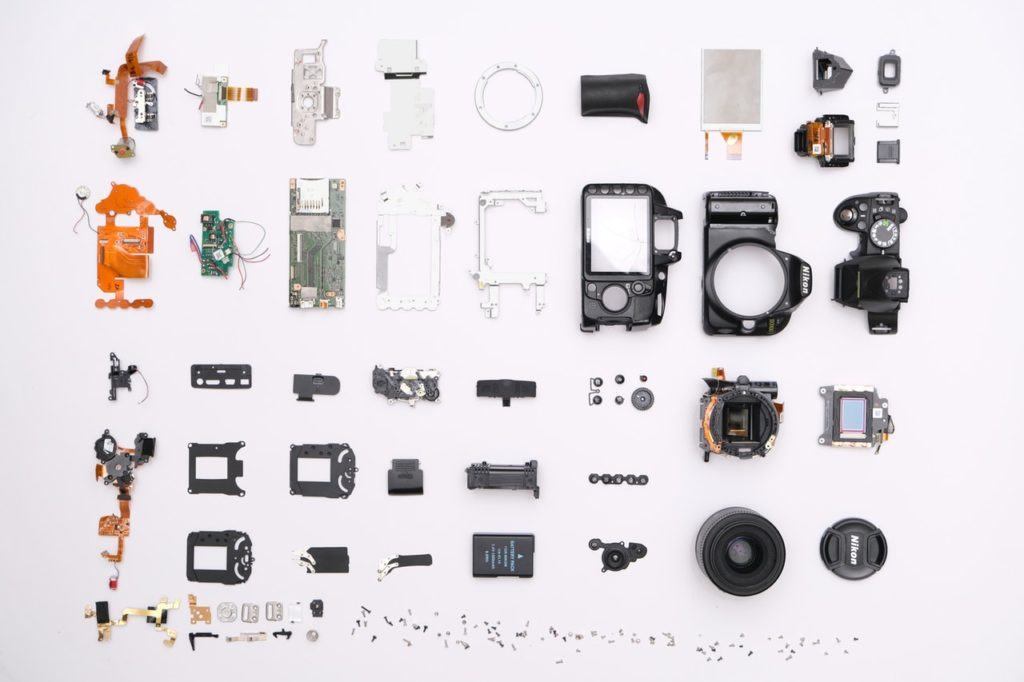In the spirit of Second Hand September, I thought it would be helpful to look at how you can reuse and recycle your content, which ultimately helps you reduce the amount of content you have to create completely from scratch.
Reduce. Reuse. Recycle. Helpful for saving valuable resources, whether it’s plastic or your time. There’s no reason why you can’t reuse content if it’s the right content.
What you’re not recycling or reusing
Just in the same way that Second Hand September is not about wandering around in an old sack, reusing content is not about recycling rubbish. Content that goes out with your business’ name on it should never be rubbish, whether it’s the first time it goes out or the twenty-first time.
You are still looking at how to deliver useful or entertaining content to your audience. If it was rubbish the first time, there’s no point just moving a comma and republishing it, pretending that it’s something new. That’s not what this about.
What can be reused and recycled?
You’re looking to make more good stuff. So it makes sense to start with the things that have already proved popular. Look at your content with the most traffic. The content that drives people through to your sales pages or sign up page. Or the things that have the most comments to them.
Those are ideal candidates.
There might also be things that link to cultural moments that are about to be relevant again. For example, your Olympic themed content has probably sat dormant for over three years. It could be about to be very relevant again if you just give it a bit of an update. These things are less common but worth keeping an eye out for.
There’s also the outlier posts which have low traffic, but high conversion rates. You’ve definitely got something to work with there if you can get more eyeballs on the content.
It’s not just about blog posts and your blog
Content of all kinds can be repurposed and reused, so don’t limit the things you review to just your blog. The way you tell your story on Instagram can be leveraged over on your blog. Your videos can be cut to live in places other than YouTube. Podcasts can become blog posts. Blog posts can become podcasts.
There are lots of ways of reuse content. Here’s six to get things rolling.
Quote yourself (or someone else)
You’ve identified your top-performing posts, by whatever measure you’ve chosen. Now have a look at that post to see if there are some key nuggets in there, things that make a great quote.
Got one?
Try using something like Canva and turning it into a quote card. You can use this now across your social media channels and drive traffic back to that original post. Canva has templates set up that work for Instagram, Twitter, Facebook and Pinterest.
Easy to create four pieces pretty quickly, and then decide when it’s the right time to post them to those channels.
Link old posts and new posts
Very few of us (I’d almost be prepared to say no one) has anyone who reads absolutely everything they write.
Even your mother.
Come on; people have lives, we’re all busy. Which means they have probably missed out on some of your previous gems. To them, your old could be their new. If you’re writing something today that someone could benefit from also reading something you wrote last year, help them out and link them up.
For example, you’re writing this year about your five favourite hearty soups, and last year you wrote about your eight favourite stews and casseroles. I bet a percentage of people reading about the soup would also be interested in the casseroles. Don’t make them hunt down the content, or wonder if you might have anything else of interest.
Link them up and make it easy for the audience to explore your content in more depth.
Change the picture
We know the world is becoming more and more visual. Perhaps the first time you wrote something, you couldn’t find the right visual. Or perhaps the one you chose is looking dated or tired.
Change it now.
Update the featured image. Post new links on social with the new image. Make sure it has the right alt-image attributes for your keywords.
You’ll be surprised how many people end up on articles just because they are tempted in by a great looking thumbnail. A new image can improve how relevant an article seems, and also how up to date. Also if you’re using stock images, then there can be overuse going on, and you’ve seen the same image crop up in lots of places, for lots of different kind of subjects.
If you’ve seen it everywhere, your audience probably has as well. Give them something new to look at.
Renew, republish and repromote
Things like stats, dates and links go out of date, so check that your post is up to date for all of these. New information might now be available that changes what you originally wrote, or adds to your argument in some way.
When you do make some key changes, then it’s worth calling out this out at the top of the post, and then changing the publish date to the date you’re now writing it on. This means it’ll come to the top of your blog feed and potentially get new eyes on it.
If someone has read the previous version, then you’re calling out straightaway that you’ve updated it, rather than it being brand new. You can even give a quick overview of the changes. That way they won’t get annoyed when they get halfway through and realise they’ve read some of it before.
Whatever you do, don’t’ forget to repromote the “new” version. Accidental finds are nice but tend not to pay the bills.
Change the format
If you create videos or podcasts, then you can convert that into a blog post fairly easily, but with some help. Try a service like Rev.com to transcribe your audio from video or podcast into text. That way you’ve got 90% of a post ready to go.
People like to get their information in different ways, and not every day is it about watching or listening. It also applies in reverse. If you’ve got a strongly performing written post, can you create a video or podcast from that?
With both routes, you’ve already done the majority of the work with your first format, so this should make for efficient use of your time. Plus you know that it was something that people were interested in, so you’ve got a good chance of it being so again.
Break it down
If you’ve got a very in-depth, lengthy post, then you might look to break it down into manageable chunks for other channels. For example, you could create several Instagram posts, with the right images, to pull out particular points. That might be enough to pique people’s interest to investigate the full post.
Work out how many points you can take from the original post, and then find eye-catching images to go with each one. It’s worth planning out your text to tell the story. This probably isn’t the time for half a dozen words written on the cuff. Also, do your homework on finding appropriate hashtags to use with each post.
Half a dozen ways to start your recycling efforts, appropriate for Zero Waste Week and Second Hand September. Like donating things to charity shops, it’s not about offloading rubbish; it’s about giving things a new life. It’s also about seeing your time as a valuable resource and using it in the most efficient way.
What’s your best tip on how you reuse content?





